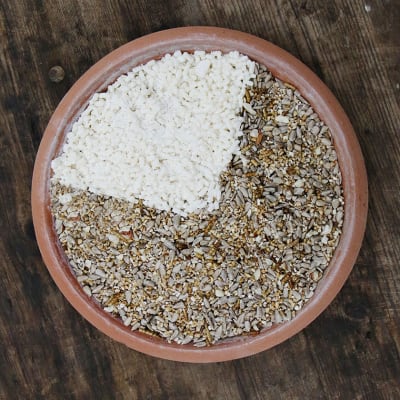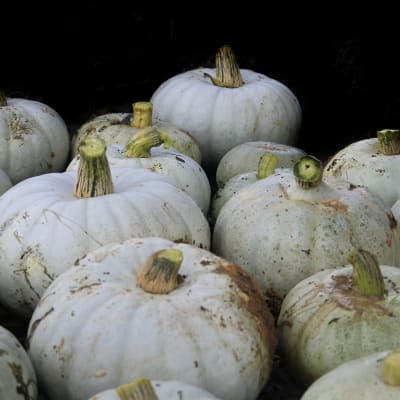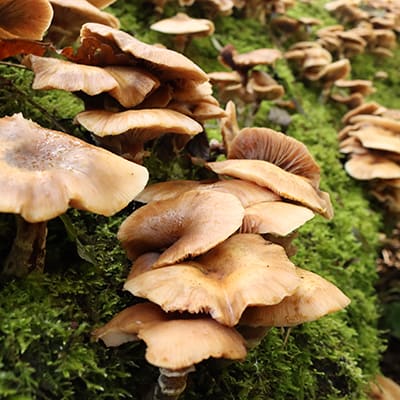As the nights draw in, there’s something about bringing the outdoors in that offers a sense of solace. A feeling of hope. An evergreen light at the end of the long winter tunnel.
Evergreens have long been symbolic of immortality, the return of the sun’s warmth. Egyptians filled their homes with green palm rushes to honour the sun god Ra. Romans decorated their temples with fir during the mid-winter festival, Saturnalia. Pagans started bringing fir trees into their homes thousands of years ago during winter solstice; a cheering reminder of spring ahead.

Fir trees were used to celebrate Yuletide in Scandinavia and Germany as far back as the year 900. Nordic people believed evergreens could ward off evil winter spirits, hanging boughs on doors, burning needles and cones to cleanse the air indoors. Hawthorn or cherry trees would also be brought in from the cold and potted. Those who couldn’t afford the real thing built pyramid trees with wood, dressed with paper, candles, apples.
Inspired by these origins, we’re foraging for our festive décor this year. Whether pruning trees in the garden or walking in the woods, there is a world of beauty outside waiting to adorn your four walls. Rather than buying it in or even chopping down a tree, get creative and be inspired by what is found in nature.
Willow or hazel branches can be used to build frames or weave into wreaths and stars; we’re using plant supports from the kitchen garden and trimmings from the epicormic growth on lime trees to make our own sustainable trees. Foraged evergreens can fill frames or be hung in sprays - take a look at our guide, overleaf. It can all be thrown on the fire at new year, nothing in landfill.

When foraging, it’s best to collect from the floor rather than taking from the tree. And as with all foraging, only take your small share so that other animals can use these valuable materials over the winter.

A Pocket Guide to Festive Foraging
Woodsman Dean Parson shares his pick of evergreen trees and shrubbery that make for fine finery:
Holly – Create strings or garlands with these classic bright green leaves and ruby red berries.
Holm Oak – Shapely green leaves with a light underside, offering natural tonal contrast.
Yew – A mythological deity in pagan traditions, branches of the yew tree provide good coverage for adding volume (just don’t eat the poisonous berries).
Laurel - Big glossy leaves with thick, sturdy branches. You may get a waft of almonds when cutting, due to arsenic in the wood.
Scots Pine - Though sparse in structure, these branches pack a punch with their fresh forest scent.
Norway Spruce – Use trimmings from your Christmas tree for a feelgood addition to decorations on your door, table or fireplace.
Beech – Antler-like branches and dead leaves that hold tight all winter.
Ivy – Useful greenery for draping and hanging. With the added bonus that removing ivy from small trees is actually beneficial to the tree.

THOUGHTFUL GIFTING
If you’re trying to shop more sustainably this Christmas, our gift hampers are forest friendly, FSC certified, recyclable and biodegradable. Thoughtful for your loved ones and the planet.
shop.thenewtinsomerset.com



